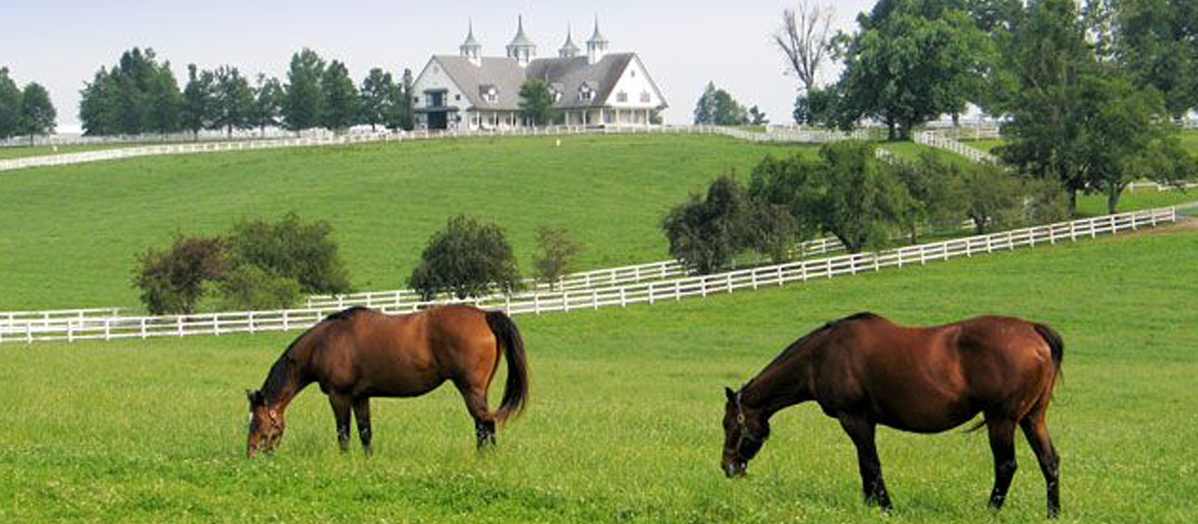365
Days in Horse Country – The Sorraia Horse

One of the most ancient and rare breeds of horse is the
Sorraia. Of Iberian origin, these horses
appear in prehistoric cave drawings throughout the Mediterranean, and were
first identified by zoologists in 1920 as living in the wild in Portugal.
Believed to be the ancestors of today’s Andalusians, Lusitanos, And Spanish Mustangs, the Sorraia is now found primarily in Portugal and Germany, where a few small herds are maintained.
The Sorraia is distinct in both its conformation and colour. Most Sorraias stand between 14.1 and 14.3 hands, although horses as small as 12.3 hands are sometimes seen. The Sorraia’s head is one of its most distinguishing features, and is large with a convex profile. The ears are long, and the neck slender. The withers are high and the croup slightly sloping. These horses also have long pasterns and are known for their soundness.
The Sorraia’s colour is unusual in that it is always dun or grulla. All have a dark dorsal stripe, and some have barring and “cobwebs” on the legs. The ear tips are dark, and the mane and tail frosted with white.
Sorraias are known for their great endurance and ability to collect, making them good dressage horses. Although they often have an independent nature, they are very trainable.
Only two hundred Sorraia horses are alive today, and a movement is afoot to save the breed from extinction. In 2006, the Sorraia Mustang Preserve was established in Ontario, Canada. A few years earlier, two Sorraia stallions were imported to the United States. The American Heritage Horse Association (AHHA), a consortium of breeders in the U.S., has established a separate studbook for the Sorraia. The AHHA is using Spanish Mustangs with the same mitochondrial DNA as the Sorraia to help resurrect the American version of the breed.
Michael







